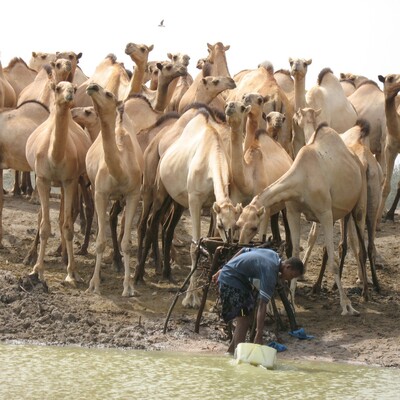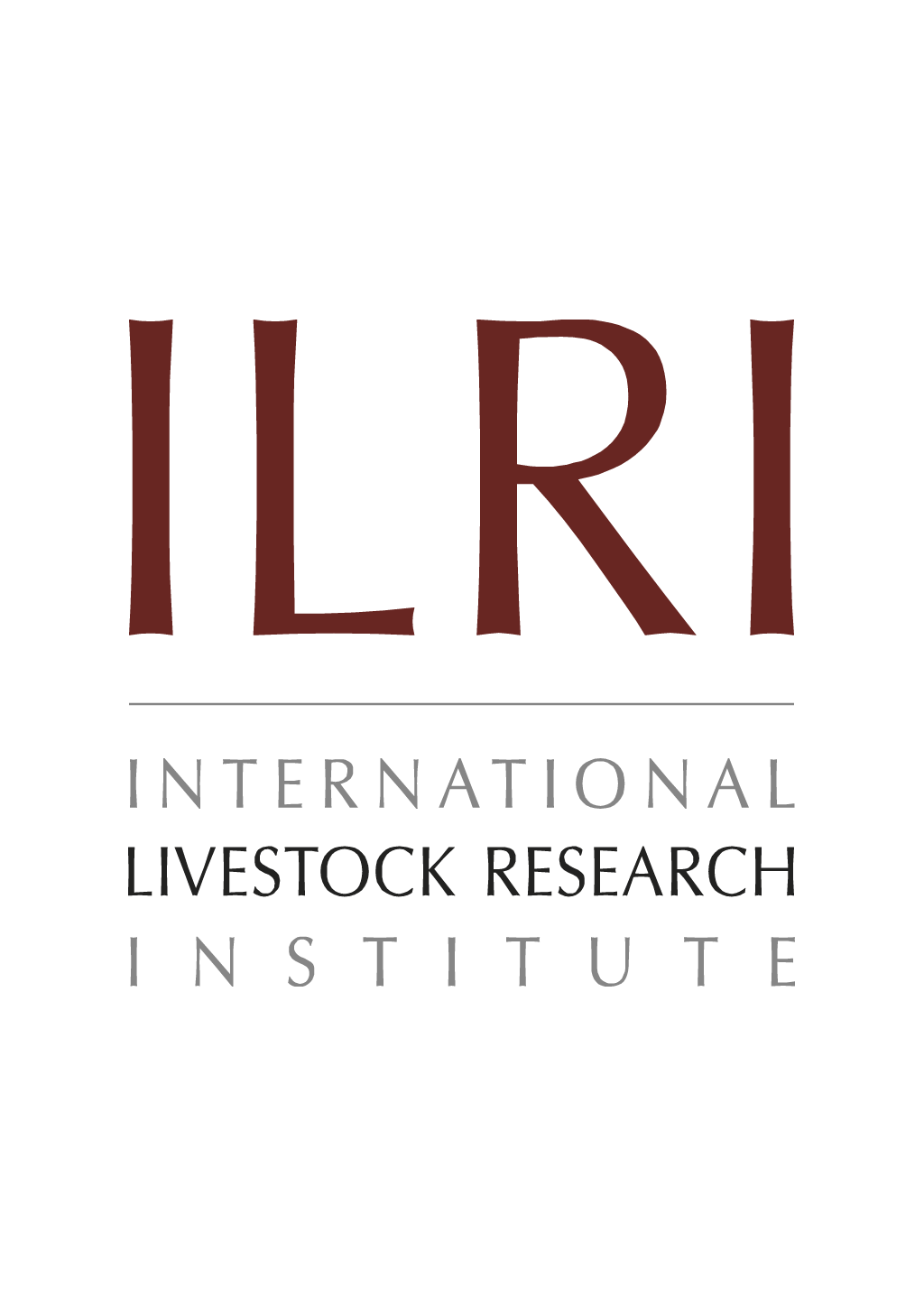
Risk assessment of pork value chain in peri-urban Hanoi
Abstract
The findings from risk analysis of pork supply chains in peri-urban Hanoi suggest important implications for food safety policy in Vietnam. Pork is a dominant source of animal-protein intake in the Vietnamese diet. Demand for pork is growing along with economic growth and thus provides opportunities for smallholder pig production, which supplies the majority of pork in the Vietnam market. The main outlets for pork purchase are still open markets which are perceived to have lower levels of hygiene and safety conditions than modern outlets. Food safety and hygiene issues are concerns of both policy makers and consumers. Pig disease and chemical residues are two of the most worrying issues. To assess risk in pork supply chains in Hanoi, a representative central district and three peripheral districts were selected for the study. Using mixed methods including participatory epidemiology, semi-structured surveys of supply chain actors, and rapid diagnostic tests of pork samples from selected sample points in the supply chain, levels of hazard and risks were evaluated. The findings show that there are high levels of hazard in the pork supply chain in Hanoi. However, these hazards do not necessarily pose a risk to food safety due to the adoption of many risk-mitigating practices by consumers. The findings from this exercise support other work of the International Livestock Research Institute (ILRI) in informal markets, specifically, that (1) there is generally high levels of unsafe food, (2) formal markets in poor countries are often not safer than informal ones, (3) many risk-mitigating practices are adopted, and (4) level of risk is not in line with level of hazard so policy should be based on risk, not hazard.
Citation
Grace, D., Lapar, M.L. and Fahrion, A. 2012. Risk assessment of pork value chain in peri-urban Hanoi. Asian Journal of Agriculture and Development 9(3): 84.




